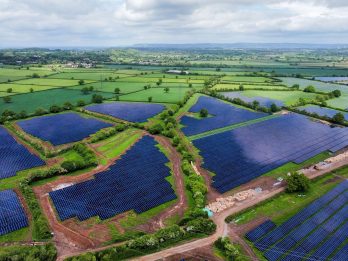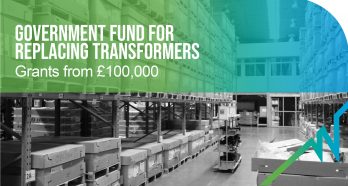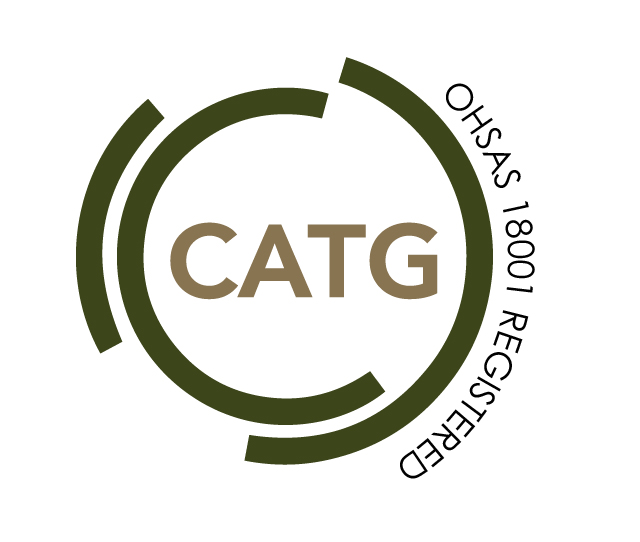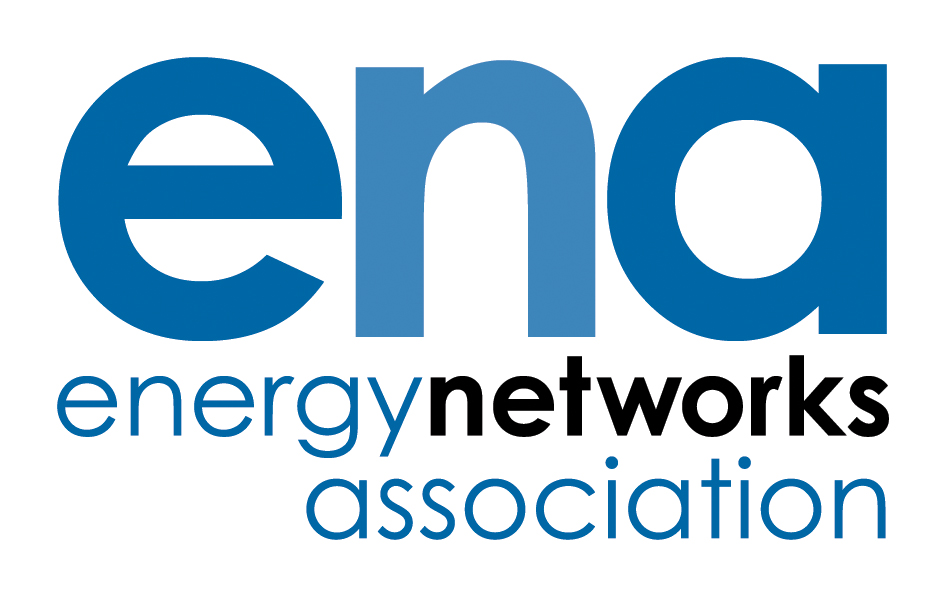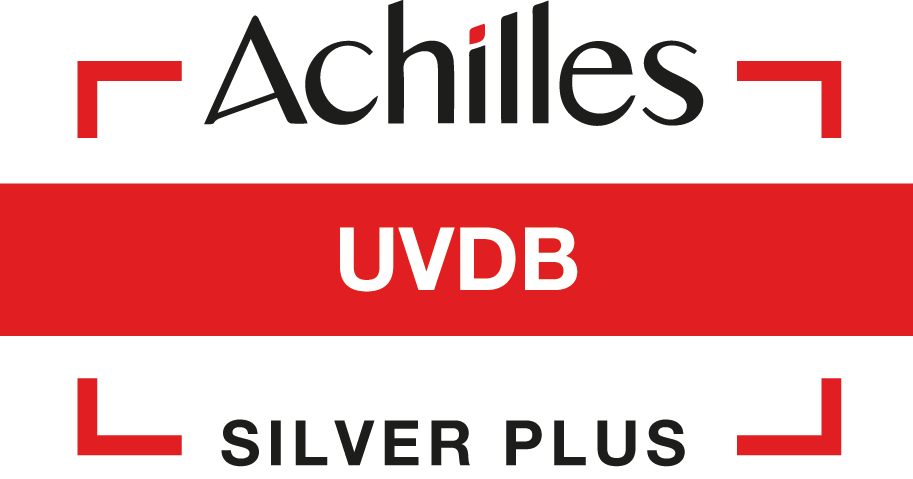IETF: Industrial Energy Transformation Fund FAQ
The Industrial Energy Transformation Fund (IETF) was designed by the UK government to encourage energy-intensive businesses to cut their carbon emissions and reduce their energy waste by switching to energy-efficient low-carbon technologies.

A budget of £315 million was allocated by the government to be spent through the IETF. BEIS manages England, Wales and North Ireland’s share of the fund (£289 million) with Innovate UK delivering the competition along with the Knowledge Transfer Network (KTN). £26 million of the allocated funding is granted to the Scottish Industrial Energy Transformation Fund (SIETF) with an additional £8 million from the Scottish government for a total of £34 million to spend. IETF Phase 2: Autumn is on with £70m in grant funding available.
The fund aims to support innovative and mature technologies that go above and beyond existing standards required by the government. Hence, a future-proof level of ultra-low losses transformers qualifies to enter the competition as it far exceeds Tier 2 Ecodesign Regulations for Transformer Losses. This only applies to replacing old transformers and does not apply to new builds or expansions unless they are part of a bigger application with multiple projects.
For example:
- Multiple distribution transformer replacements with Wilson e3 Ultra Low Loss transformers or Wilson e3+ Ultra Low Loss Transformer with On-Load Tap Changer
How do I know if I’m eligible (IETF)?
- Be a business or have an activity in mining and quarrying (SIC Codes 05101 through to 05200, 07100 through to 08990 and 09900), manufacturing (SIC Codes 10000 through to 33200), recovery and recycling of materials (SIC Code 38320) or data centres (SIC code 63110)
- The business must be registered in England, Wales or Northern Ireland of any size
- The deployment of the project must be carried out in England, Wales or Northern Ireland
- The project must be carried out at a single site (one postcode) or multiple adjoining postcodes in England, Wales or Northern Ireland
- The minimum grant funding for deployment projects must be £100,000 and the maximum is £14 million for energy efficiency and £30 million for decarbonisation. The proportion of the eligible cost businesses can receive depends on the project, size of the business and geographical location and varies between 30% – 85%.
- Tier 1 & Tier 2 areas get more funding
- Multiple projects can be included within one application
- Replacing transformers as a stand-alone project falls under the energy efficiency strand (30-65% maximum subsidy). If transformer replacement is part of a wider fuel switching project, it falls under the decarbonisation strand (50-85% maximum subsidy).
How do I know if I’m eligible (SIETF)?
For applicants from Scotland:
- be a business or have an activity in mining and quarrying (SIC Codes 05101 through to 05200, 07100 through to 08990 and 09900), manufacturing (SIC Codes 10000 through to 33200), recovery and recycling of materials (SIC Code 38320) or data centres (SIC code 63110)
- Business of any size registered in the UK operating at an industrial site in Scotland and not an undertaking in difficulty
- The project must be carried out at a single site (one postcode) or multiple adjoining postcodes in Scotland. Multiple projects can be included within one application
- The minimum grant funding for deployment projects must be £100,000 and the maximum is £14 million for energy efficiency and £20 million for decarbonisation deployment. The proportion of the eligible cost businesses can receive depends on the type of the project, the size of the business and the geographical location and varies between 30% – 85%. Tier 1 & Tier 2 areas get more funding
- Projects must improve the energy efficiency and/or save carbon emissions
- The applicant must demonstrate additional plans that have taken place and the importance of the grant funding to deploy the project. A case must be made to showcase why other private funding venues are not feasible to wholly or partially fund the project.
What dates do I need to look out for?
IETF:
Applications for Phase 2: Autumn are open from 10 October 2022 at 11:00 am until 13 January 2023 at 3:00 pm.
Phase 3 will open from May 2022 until September 2022.
Project Length: Awarded deployment projects must start no later than 1 July 2024 and end by 31 March 2025.
Stakeholder Event: 11 October 2022.
SIETF:
Third round applications are open from 30 August 2022 to 18 November 2022.
What is the available fund value?
Funds are given in the form of grants with a minimum grant of £100,000 for deployment projects. The funding is available as a capital grant and does not cover operational costs. The fund aims to support innovative and mature technologies to save energy and carbon emissions. Replacing transformers as a stand-alone project falls under the energy efficiency strand (30-65% maximum subsidy). If transformer replacement is part of a wider fuel switching project, it falls under the decarbonisation strand (50-85% maximum subsidy). Please see the table below for more information.
Energy Efficiency Deployment:
| Business size | Funding as a proportion of the eligible costs | Located in “Tier 1” areas | Located in “Tier 2” areas |
| Micro/Small | 50% | 65% | 55% |
| Medium | 40% | 55% | 45% |
| Large | 30% | 45% | 35% |
This table explains the minimum threshold for project budgets for energy efficiency projects:
| Business Size | Minimum Eligible Project Costs | Maximum % of eligible costs which may be claimed as a grant | Innovate UK Grant |
Project Contribution from the Business |
| Small Manufacturer | £200,000 | 50% | £100,000 | £100,000 |
| Medium Manufacturer | £250,000 | 40% | £100,000 | £150,000 |
| Large Manufacturer | £333,334 | 30% | £100,000 | £233,334 |
Decarbonisation Deployment:
| Business size | Funding as a proportion of the eligible costs | Located in “Tier 1” areas | Located in “Tier 2” areas |
| Micro/Small | 70% | 85% | 75% |
| Medium | 60% | 75% | 65% |
| Large | 50% | 65% | 55% |
This table explains the minimum threshold for project budgets for deployment projects:
| Minimum Eligible Project Costs | Maximum % of eligible costs which may be claimed as a grant | Innovate UK Grant | Project Contribution from the Business | |
| Small Manufacturer | £142,858 | 70% | £100,000 | £42,858 |
| Medium Manufacturer | £166,667 | 60% | £100,000 | £66,667 |
| Large Manufacturer | £200,000 | 50% | £100,000 | £100,000 |
How can Wilson Power Solutions support you through the process?
Briefing session
Our Energy Policy Manager at Wilson Power Solutions can deliver a briefing if your team is interested.
Initial free of charge consultation
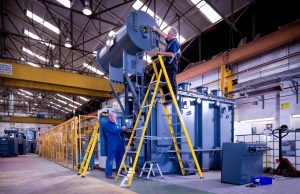
Energy Policy and Sales Teams at Wilson Power Solutions can provide consultation to check the initial project concept validity and eligibility.
Basic project payback calculations
Wilson Power Solutions can provide an initial recommendation to estimate the financial expectations of the project. Carbon, energy and financial savings payback can be produced to showcase the level of energy efficiency that could be achieved based on the existing site assets. You can use our payback calculator for a soundcheck.
Application support
Wilson Power Solution can help provide any transformer collateral for the competition application and figure out any collaboration details if needed. We have talked to a company that specialises in assisting in government funding applications. They can be hired to take over the application process on your behalf.
Data logging before deployment
Wilson Power Solutions can recommend an independent auditing company to go on-site to do power quality and consumption data logging for a week. This data will then be analysed to show any existing system issues and inefficiencies.
Design, manufacturing and supply of transformers
According to the industrial site requirement, Wilson Power Solutions will design, manufacture and supply energy efficient low loss transformers according to standards.
Post-deployment data logging
Wilson Power Solutions can recommend an independent auditing company to log consumption, power quality and other data to show the energy, carbon and financial savings. Data logging and analysis will take place multiple times over the following five years of the deployment of the project. This information will then be shared with Innovate UK and BEIS and be made a public case study that demonstrates decarbonisation.
For more details, please read the IETF Phase 2 Guide
For more details on the Scottish IETF, please visit their website for more updates.
If you are interested in this fund and the scope in which Wilson Power Solution has proposed, please fill out the contact form on the right. Alternatively, get in touch with our Energy Policy Manager, Ayah Alfawaris, at ayah@wilsonpowersolutions.co.uk
 4 Apr 2022
4 Apr 2022IETF: Industrial Energy Transformation Fund – Phase 3
Industrial emissions account for around 18% of UK emissions. To reach the Net Zero target in 2050, industrial emissions need to fall by around 90% from today’s levels. Industrial Energy Transformation Fund (IETF) launched Phase 3 of industrial grants on Monday 29 January 2024, with the closing date on Friday 19 April 2024, and aims […]
 23 Feb 2024
23 Feb 2024Guide to Replacing Transformers
The third part of the Intergovernmental Panel on Climate Change (IPCC) Sixth Assessment Report (AR6) was published earlier this month. Scientists warn that limiting global warming to 1.5°C is beyond reach but restricting temperature rise to no more than 1.5C to 2C could be the range that will minimize the likelihood of reaching critical environmental […]
 22 Apr 2022
22 Apr 2022IETF: Industrial Energy Transformation Fund FAQ
The Industrial Energy Transformation Fund (IETF) was designed by the UK government to encourage energy-intensive businesses to cut their carbon emissions and reduce their energy waste by switching to energy-efficient low-carbon technologies. A budget of £315 million was allocated by the government to be spent through the IETF. BEIS manages England, Wales and North Ireland’s […]
 4 Apr 2022
4 Apr 2022
